Deciduous shrubs in foundation...how does it look in the winter?
cvw_ky
6 years ago
last modified: 6 years ago
Featured Answer
Sort by:Oldest
Comments (25)
gardengal48 (PNW Z8/9)
6 years agoRelated Discussions
deciduous shrubs that look good in heavy shade
Comments (17)Wish I had a better pic of when it filled out. This was early in the spring. The fence is on the west side of my yard, the trunk on the left is a 40 foot Austrian Pine (shading from the south), the trunks you see on the other side of the fence are part of a line-up of four 50 foot or so Norway Spruce (shading from the west) and there are other plants shading it somewhat from the the east, so the area is quite shaded. The plant is about 5 feet tall but has had it's share of being rabbit pruned until I started remembering to put my "shields up" in the fall. Hope this helps. tj...See MoreDeciduous trees & winter winds
Comments (6)Well, more or less as you describe, winds can kill plant tissue by drying it out. I assume they perceive "wind chill" and its effects just as we do -- I think something that would be fried and killed by actual air temps of -20 would suffer the same effect, at least to some degree, with windchills of -20 as well. I think that normal, healthy plants in their correct zone and well-established are OK with most of what mother nature throws at them, less those "once in a century" type freak events that can cause problems, such as the rapid, sudden freeze event of April 2007. Where you run into trouble is with 1) particularly delicate things, like broadleaved evergreens; 2) things growing at the margin of or out of their hardiness zones; 3) things growing in much more exposed sites than they would in nature, such as woodland plants that are poorly sited in completely open, wind-whipped areas and 4) newly planted, unestablished, or already stressed plants....See MoreDeciduous Seedling Never Lost its Leaves Over Winter?
Comments (13)Hey, Hippie, Young seedlings have a tendency not to abscise "on time". Maybe for several years of their youth. Dunno why. Could be their quest for youthful freedom from adult trees' genetic dictation that "You have to shed your leaves!" (Ain't happenin', establishment! Far out, out'a sight!). Been there, done that. Personally, I never abscised. Seriously, this pic is of a 4-5 year old northern red oak in the neighbor's yard, undoubtedly a seedling from my yard's red oak as there are no other red oaks in the neighborhood. I have several red oak seedlings in the yard that this year also held their leaves over the winter, but the "momma" defoliates every year. Maybe they don't abscise because as young trees they are still trying to grow when the heavy frost hits and the abscission layer doesn't have a chance to form? I've seen this a billion times - eventually the trees, not just oaks, begin to abscise like all the others and get nekked in the fall...wait - wasn't that something that youth used to do, hippie? LOL...See MoreDeciduous Shrubs to use in a Windbreak
Comments (2)We had this discussion with one of your compatriots several years ago on the Design Forum. He impressed upon us the strength of winter winds lashing your environs. My landscape aproach in this situation is to install snow fence on the windward side of the planted area each fall for a few years until all is established. From your post I gather that you already have planted conifers (cedars?) and broadleafs. Perhaps Snowberry shrub (Symphoricarpas albus) and Forsythia which are both dense growing are an option. The last planted row could be various types of tall northern landscape grasses which do a wonderful job of trapping winter wind and blown snow. Do a search for them to find the types most available to you. There are numerous varieties. The grasses will need to be cut to the ground with a chain saw every spring....See MoreDave in NoVA • N. Virginia • zone 7A
6 years agolast modified: 6 years agoEmbothrium
6 years agolast modified: 6 years agoNHBabs z4b-5a NH
6 years agocvw_ky
6 years agoNHBabs z4b-5a NH
6 years agoken_adrian Adrian MI cold Z5
6 years agolast modified: 6 years agoSara Malone Zone 9b
6 years agoken_adrian Adrian MI cold Z5
6 years agoSara Malone Zone 9b
6 years agoNHBabs z4b-5a NH
6 years agocvw_ky
6 years agoken_adrian Adrian MI cold Z5
6 years agomad_gallica (z5 Eastern NY)
6 years agocvw_ky
6 years agolast modified: 6 years agodavidrt28 (zone 7)
6 years agolast modified: 6 years agodavidrt28 (zone 7)
6 years agolast modified: 6 years agoken_adrian Adrian MI cold Z5
6 years agocvw_ky
6 years agocvw_ky
6 years agodavidrt28 (zone 7)
6 years agolast modified: 6 years agoElizabeth Driscoll
last yearcvw_ky
last yearcvw_ky
last year
Related Stories
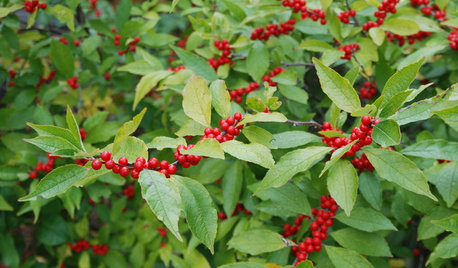
GARDENING GUIDES12 Gorgeous Flowers and Shrubs for Winter Gardens
These pick-me-up plants brighten gray days and add color, structure and fragrance when everything else is dormant
Full Story
INSIDE HOUZZHow Much Does a Remodel Cost, and How Long Does It Take?
The 2016 Houzz & Home survey asked 120,000 Houzzers about their renovation projects. Here’s what they said
Full Story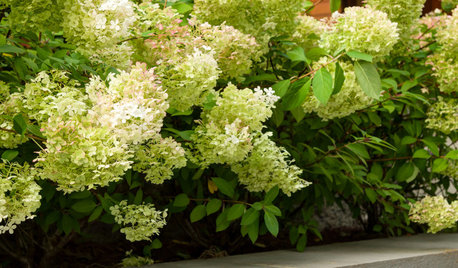
GARDENING 101When Should You Prune Your Trees and Shrubs?
Pruning keeps plants healthy. Find out the best time to cut back flowering trees, needle-bearing shrubs and more
Full Story
GARDENING GUIDESPrunus Virginiana Thrives Under Deciduous Trees
Plant chokecherry for showy white flowers favored by native bees in spring, and to provide nesting habitat and food for birds
Full Story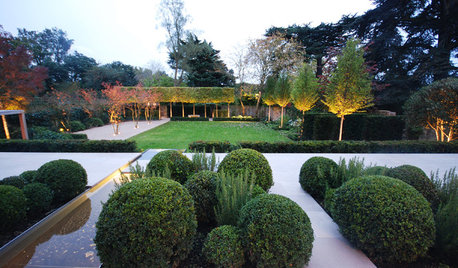
GARDENING GUIDES7 Ways to Rethink the Shrub
These versatile plants can do more than frame your home’s foundation or line an entry walk
Full Story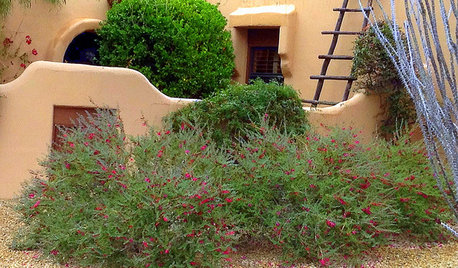
GARDENING GUIDESGreat Design Plant: Valentine Bush for Heartfelt Winter Color
Passionate red flowers from winter through spring add gorgeous color to bare Southwest landscapes
Full Story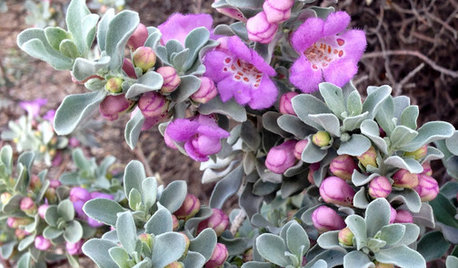
GARDENING GUIDES10 Essential Native Shrubs for Southwestern Gardens
Look no further than these Southwestern beauties for a colorful, low-maintenance landscape
Full Story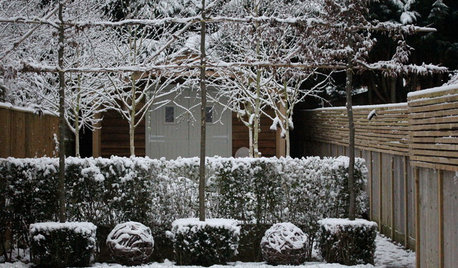
WINTER GARDENINGThese Peaceful Gardens Show the Beauty in Winter Bareness
Frosty garden vignettes glitter with snow-dusted branches, delicate seed heads and stately evergreens
Full Story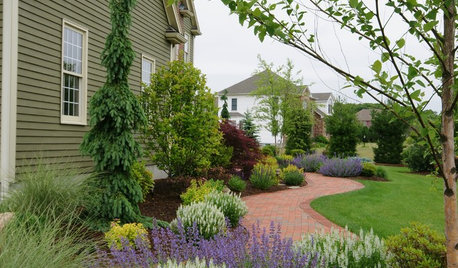
CURB APPEAL8 Twists on Foundation Plantings
Up your home’s curb appeal with house-side plantings that soften borders and add flair to your landscape
Full Story
GARDENING GUIDES8 Native Shrubs for Year-Round Bird Feeding
It’s not just about berries. These plants provide insects for birds and seasonal interest for gardeners
Full Story


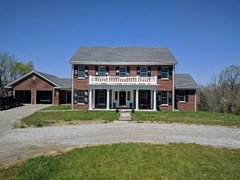
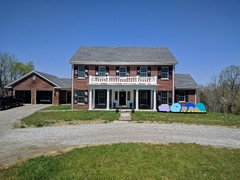
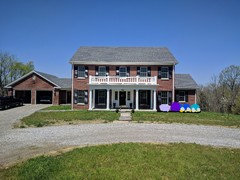
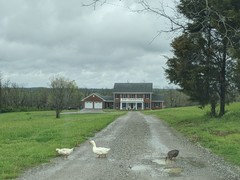
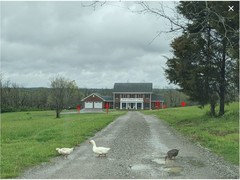

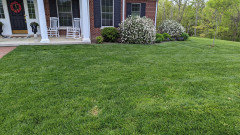
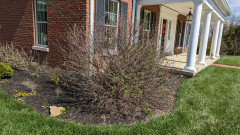

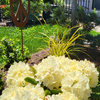
Dave in NoVA • N. Virginia • zone 7A